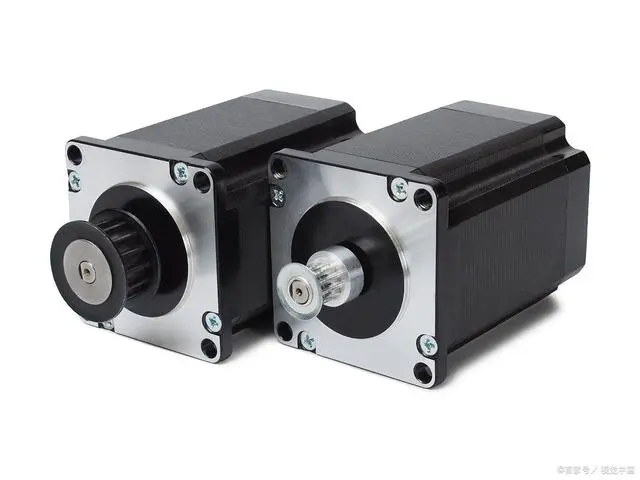The difference between servo motor and ordinary motor

There are several important differences between servo motors and ordinary motors, including control methods, performance characteristics and applicable fields. Here are the main differences between them:
-
control method:
-
Ordinary motors: Ordinary motors are usually driven by applying voltage or current, but their control is usually open-loop, that is, there is no feedback mechanism to monitor the actual motion state of the motor. This means that the position, speed and torque of ordinary motors often cannot be precisely controlled.
-
Servo Motors: Servo motors have a closed control loop that includes sensors to monitor the actual position and speed of the motor. The controller uses feedback information to continuously adjust the motor's control signal to ensure precise position and speed control.
Performance features:
-
Ordinary Motors: Ordinary motors are typically designed to perform simple mechanical tasks, such as turning or driving mechanical parts, but they typically do not provide high-precision position control or fast dynamic response.
-
Servo motor: Servo motor has the characteristics of high precision, high dynamic response and high performance. They enable very precise position control, can quickly adapt to changing demands, and deliver high torque when needed.
Applicable fields:
-
Regular Motors: Regular motors are typically used in general industrial applications such as general drives, fans, pumps, etc., as well as certain applications where precise control is not a primary concern.
-
Servo motors: Servo motors are widely used in fields that require highly precise position control, such as CNC machine tools, robots, printing machines, medical equipment, aircraft, etc.
In general, a servo motor is a motor specifically designed for precise control, with a closed-loop control system and high performance, while a regular motor is more suitable for applications with lower general performance requirements. The choice of motor type depends on the specific application requirements.



























 XINDA
XINDA